BERLINER FESTSPIELE
Berliner Festspiele
Haus der Berliner Festspiele, Große Bühne
House von Amos Gitai
Samstag, 15.06.2024 | 19 –21:20
Sonntag, 16.06.2024 | 19 –21:20
La Colline – théâtre national
Deutschsprachige Erstaufführung
House © La Colline – théâtre national
2 h 20 min, keine Pause
Schaperstraße 24, 10719 Berlin
https://www.berlinerfestspiele.de/programm/2024/reflexe-und-reflexionen/kalender/house
Haus der Berliner Festspiele, Kassenhalle
Gespräch
Künstlergespräch mit Amos Gitai
Sonntag, 16.6.2024 | 20:30–22 Uhr
Mit Amos Gitai – Regisseur
In deutscher und englischer Sprache mit Simultanübersetzung in beide Sprachen
Berliner Festspiele, Schaperstraße 24, 10719 Berlin
U-Bahn U3 und U9 (Spichernstraße, Ausgang Bundesallee, 3 Minuten Fußweg)
Busse 204/249 (Friedrich-Hollaender-Platz, 3 Minuten Fußweg)
Künstlerisches Team
Amos Gitai – Regie, Text und Bühnenbild
Marie-José Sanselme, Rivka Gitai – Textbearbeitung
Marie La Rocca – Kostüme
Jean Kalman – Licht
Éric Neveux – Sounddesign
Richard Wilberforce – Musikalische Leitung
Laurent Truchot – Video
Mit: Irène Jacob, Bahira Ablassi, Micha Lescot, Minas Qarawany, Atallah Tannous,
Pini Mittelman, Menashe Noy
Alexey Kochetkov, Kioomars Musayyebi – Musiker*innen
Dima Bawab – Sopran
Deutschsprachige Erstaufführung
Ein Baugerüst steht vor einer Leinwand, die das Fundament eines Hauses zeigt, auf dem Bauarbeiter herumlaufen
In arabischer, englischer, französischer, hebräischer und jiddischer Sprache mit englischen und französischen Übertiteln
House“, inszeniert von Amos Gitai, basiert auf seiner gleichnamigen Dokumentarfilm-Trilogie (1980, 1998 und 2005) über ein Haus in Westjerusalem und die Menschen, die dort lebten, Palästinenser*innen und Israelis.
https://www.berlinerfestspiele.de/programm/2024/reflexe-und-reflexionen/kalender/house
Reflexe & Reflexionen
Der 7. Oktober, der Gaza-Krieg und die Debatte in Deutschland
Thementage im Haus der Berliner Festspiele, kuratiert von Saba-Nur Cheema und Meron Mendel
&
Deutsche Erstaufführung des Theaterstücks „House“ von Amos Gitai / La Colline – théâtre national, Paris
13. – 16. Juni 2024
Rahmenprogramm:
ArsenalKino im Filmhaus
Arsenal – Institut für Film und Videokunst &
Kino Arsenal
Filmvorführung „House“ (1980) von Amos Gitai
Mittwoch 12.6.2024 | 20 Uhr
Potsdamer Straße 2, 10785 Berlin
Berliner Festspiele
Panel
Europäische Perspektiven auf den Israel-Palästina Konflikt
Donnerstag, 13.6.2024 | 19 –21 Uhr
Mit: Eva Illouz – Soziologin
Yassin Musharbash – Journalist und Schriftsteller
Moderation Saba-Nur Cheema – Politologin
Zum Auftakt der Themenwoche sind die Soziologin Eva Illouz und der Journalist Yassin Musharbash eingeladen, in zwei Vorträgen die deutsche und internationale Debatte nach dem 7. Oktober zu analysieren. Anschließend kommt Saba-Nur Cheema mit beiden ins Gespräch: Was bestimmt unseren Blick auf den Konflikt? Warum wird die Debatte so unversöhnlich geführt? Und was braucht es aktuell an Impulsen, Ansätzen und Perspektiven?
Berliner Festspiele
Forum
Was ist der Ausweg? Juden*Jüdinnen und Palästinenser*innen zwischen Mauern und Wünschen
Freitag, 14.6.2024 | 13 –18 Uhr
mit Iyad AlDajani, Donja Banai, Avital Benshalom, Mohammad Darawshe und Shaul Setter
Moderation: Friederike Weidner
Tagungsbeobachtungen: Asmaa Soliman (Junge Islam Konferenz), Franziska Göpner (Anne Frank Zentrum)
In den vergangenen Monaten scheint eine Befriedung des Konflikts in unerreichbare Ferne zu rücken. Gleichzeitig setzen Institutionen in Israel ihre Arbeit für Versöhnung auch in diesen Zeiten fort. Für ein Forum über die zivilgesellschaftlichen Voraussetzungen für Frieden reisen Vertreter*innen von drei solcher Institutionen nach Berlin.
Avital Benshalom, Direktorin einer der wenigen arabisch-jüdischen Grundschulen in Israel, und Mohammad Darawshe, Leiter am Givat Haviva Bildungszentrum für jüdisch-arabische Verständigung, sowie Donja Banai, stellvertretende Vorsitzende des Freundeskreises Givat Haviva Deutschland e.V., berichten von ihren Erfahrungen in der schulischen und außer-schulischen Bildung. Shaul Setter, Leiter des Masterstudiengangs Policy and Theory of the Arts, stellt mit dem „Critical Lab“ einen Ansatz vor, wie Lehrende und Studierende an der Bezalel Kunsthochschule in Jerusalem im Bereich Kunst und Wissenschaft nach kritischen Auseinandersetzungen mit der gewaltgeprägten Gegenwart suchen. Außerdem spricht Iyad AlDajani, Leiter des Forschungsprojekts „Academic Alliance for Reconciliation in the Middle East and North Africa“ am Jena Center for Reconciliation Studies, über Versöhnung als transformative Praxis.
Nach Vorträgen mit kurzen Fragerunden gibt es die Möglichkeit, in kleineren Gruppen mit den Expert*innen ins Gespräch zu kommen, um mehr über ihre Tätigkeit sowie die Auswirkungen des Terrors und des Krieges auf ihre Arbeit zu erfahren.
Panel
Wie einen Ausdruck finden? Kunst in Zeiten von Terror und Krieg
Freitag, 14.6.2024 | 19 –21 Uhr
mit Mira Awad, Sapir Heller und Osama Zatar
Moderation: Janis El-Bira
Welche Rolle kann Kunst in einer von Hass, Gewalt, Trauma und Schmerz dominierten Situation spielen?
Die Schauspielerin, Sängerin und Autorin Mira Awad thematisiert in ihrer Musik und ihren Drehbüchern ihre Identität als arabische Israelin. Durch ihre enge Zusammenarbeit mit der jüdischen Sängerin Noa, u. a. für den Eurovision Song Contest 2009, steht sie für den Versuch, mit der Musik Grenzen zu überwinden. Die jüdisch-israelische Theaterregisseurin Sapir Heller war zuletzt mit ihrer Inszenierung „Wie man nach einem Massaker humanistisch bleibt in 17 Schritten“ an zahlreichen deutschen Theatern präsent. In dem Theatertext der israelischen Autorin Maya Arad Yasur, der unmittelbar nach dem 7. Oktober entstand, stellt sich eine Frau der Aufgabe, angesichts schlimmster Verbrechen die Menschlichkeit nicht zu verlieren. Der Bildhauer Osama Zatar verarbeitet in seinen Skulpturen die Erfahrung von Grenzen, die sein Leben seit seiner Jugend in Palästina bis zur Auswanderung nach Deutschland und Österreich geprägt haben, und beschäftigt sich mit Themen wie Zugehörigkeit und Stereotypen.
Berliner Festspiele
Panel
Zwischen Solidarität und Hass. Auswirkungen auf die Gesellschaft in Deutschland
Samstag, 15.6.2024 | 17 –18:30 Uhr
Mit Alena Jabarine – Journalistin
Per Leo – Historiker und Autor
Meron Mendel – Historiker und Autor
Moderation
Vivian Perkovic – Journalistin, Fernsehmoderatorin
Die Eskalation der Gewalt in Israel und im Gaza-Streifen führt auch in Deutschland zu einer gesellschaftlichen Polarisierung. Eine differenzierte öffentliche Debatte scheint kaum mehr möglich.
Die Bekämpfung von Antisemitismus und das Recht auf Meinungsfreiheit werden gegeneinander ausgespielt. Das Bekenntnis zur Sicherheit Israels als deutsche Staatsräson wird herausgefordert. In privaten und öffentlichen Diskussionen – besonders in den sozialen Medien – wird antisemitisch gehetzt, die Angriffe auf Juden*Jüdinnen und jüdische Einrichtungen sind sprunghaft angestiegen. Zugleich werden Palästinenser*innen unter Generalverdacht gestellt und es ist ein deutlicher Anstieg islamfeindlicher Straftaten zu verzeichnen. Die Journalistin Alena Jabarine und die beiden Historiker Per Leo und Meron Mendel diskutieren, was dieser Konflikt mit der Gesellschaft in Deutschland macht – aus palästinensischer, deutscher und jüdisch-israelischer Perspektive.
Der Anschlag der Hamas auf Israel am 7. Oktober 2023 und der Gegenangriff Israels im Gaza-Streifen treiben nicht nur Palästinenser*innen und Israelis weiter auseinander, sondern spalten auch Deutschland. Verhärtete Fronten zeichnen die Debatte im öffentlichen Raum und privaten Kontext. Manche verstummen aufgrund der Angst, etwas vermeintlich Falsches zu sagen. Andere wiederum sind lautstark, insbesondere in den sozialen Medien, und fordern eine Positionierung. Dabei erleben jüdische Menschen in den vergangenen Monaten ein neues Ausmaß antisemitischer Gewalt und Hetze. Palästinenser*innen sowie muslimische Menschen werden unter Generalverdacht gestellt, islamfeindliche Straftaten steigen stark an. Terror und Krieg zementieren auch in Deutschland alte Feindbilder und bringen neue hervor.
Die Berliner Festspiele möchten an vier Thementagen einen Raum öffnen für differenzierte Auseinandersetzungen ohne reflexhafte Positionierung auf einer von vermeintlich nur zwei möglichen Seiten. Das interdisziplinäre Programm wird von der Politologin Saba-Nur Cheema und dem Historiker und Autor Meron Mendel kuratiert. Beide sind seit vielen Jahren im jüdisch-muslimischen Dialog engagiert, arbeiten gegen Antisemitismus und Muslimfeindlichkeit und beschäftigen sich insbesondere mit den Auswirkungen des Nahostkonflikts auf unser Miteinander in Deutschland.









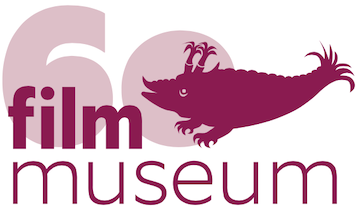
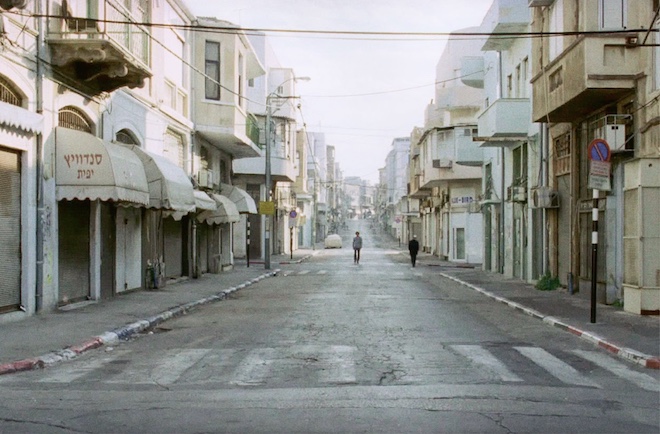

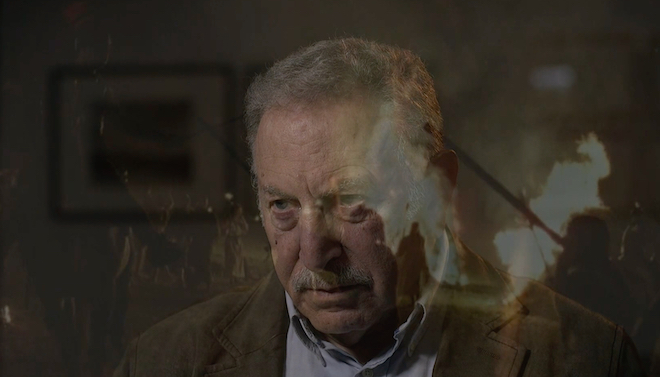
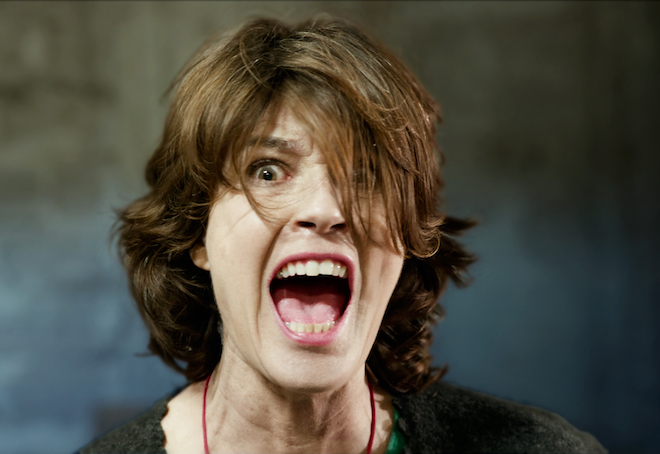
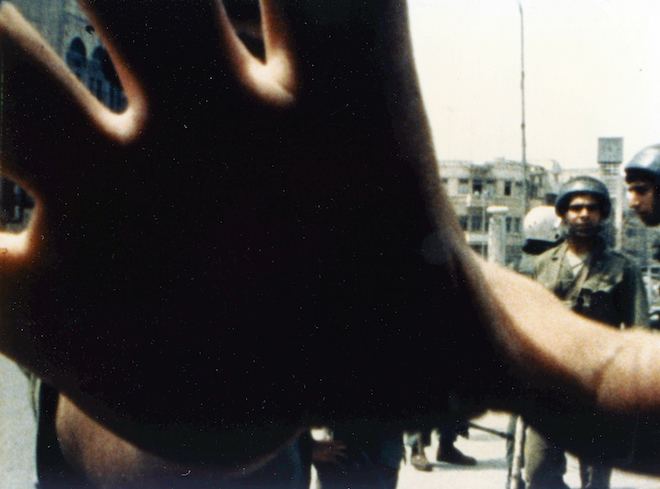

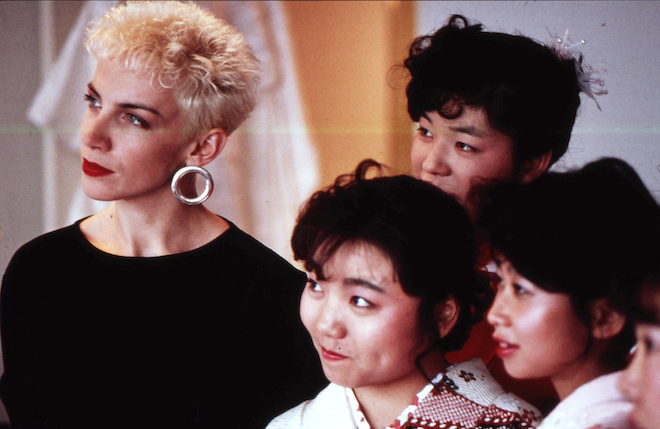


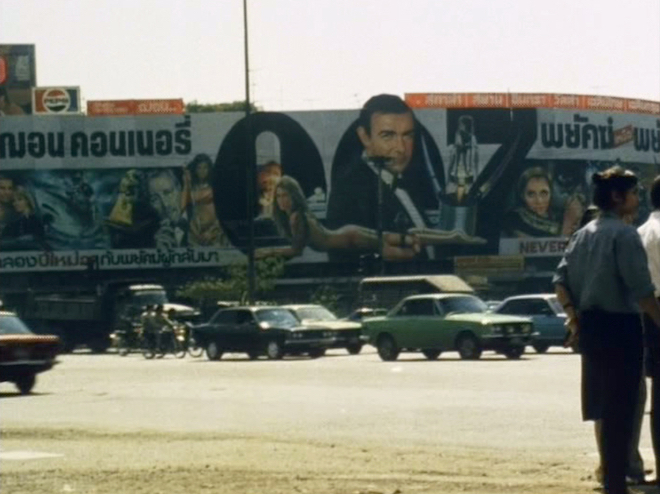



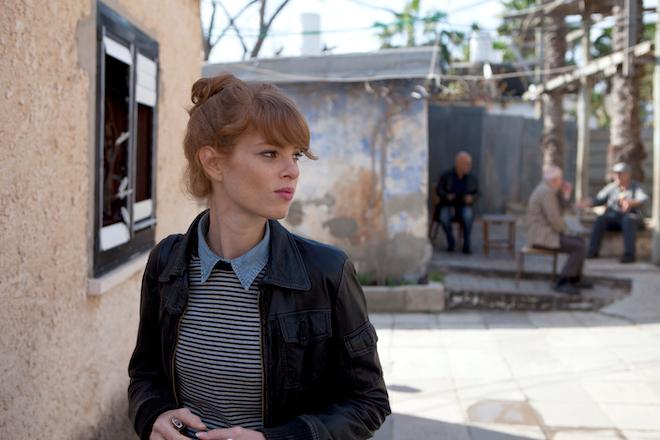
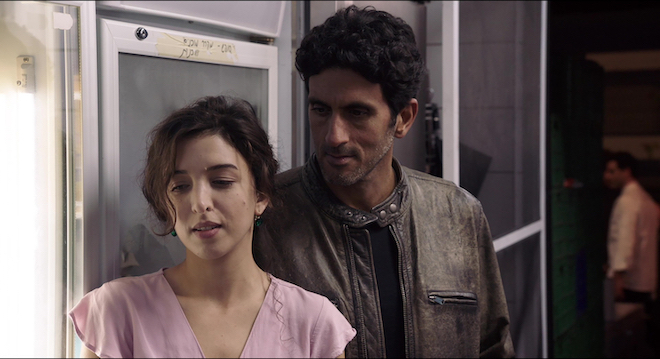




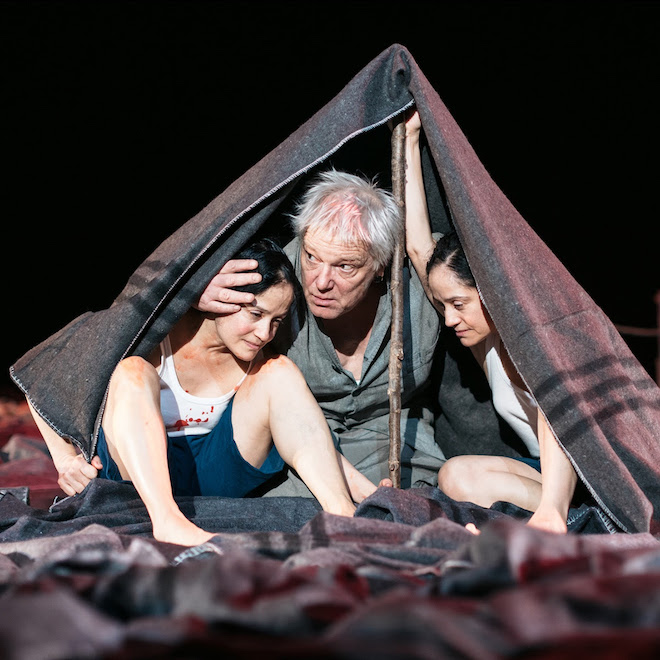

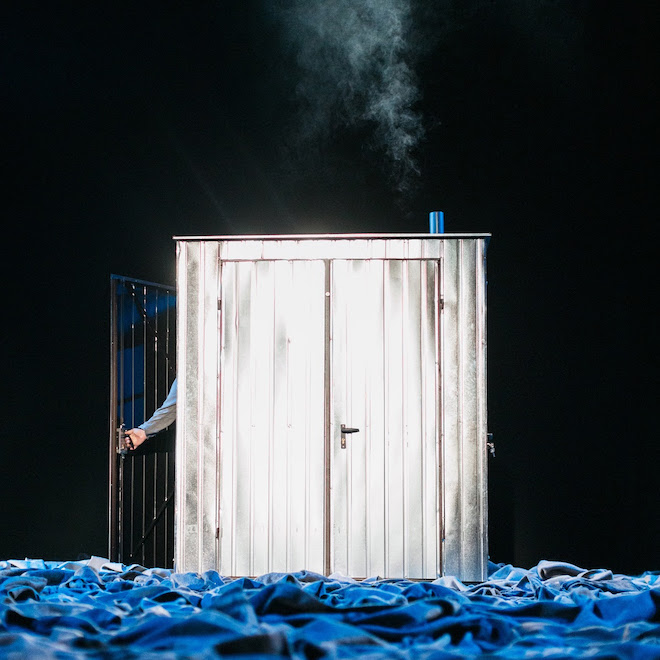

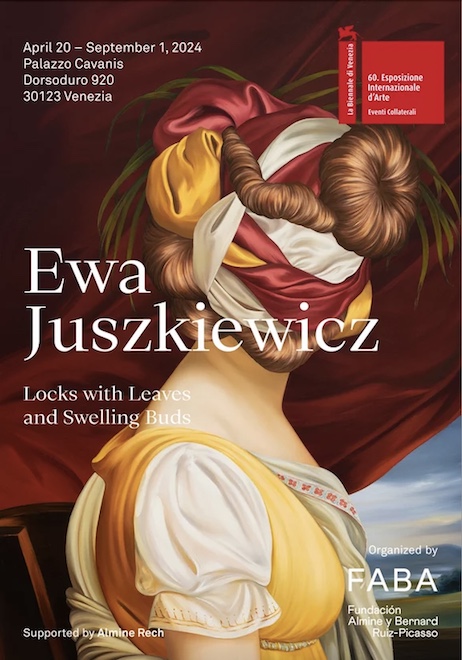



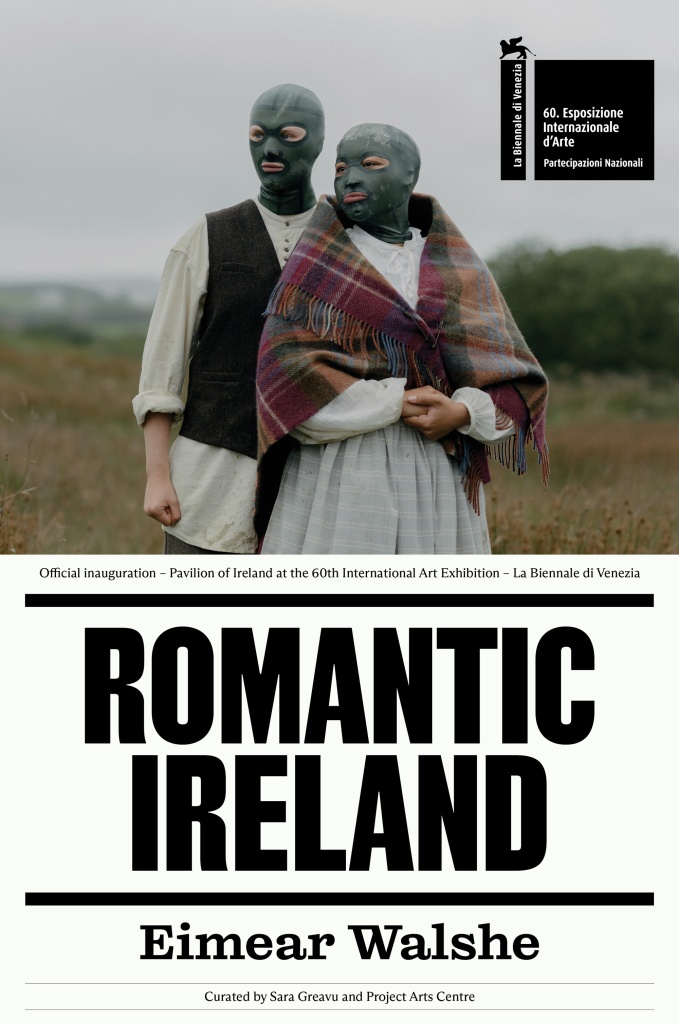
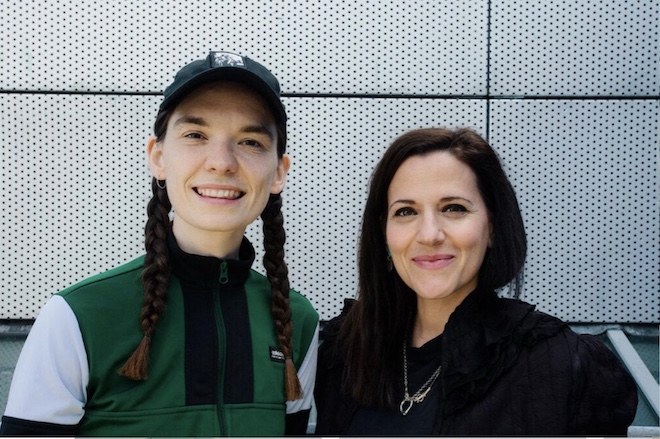

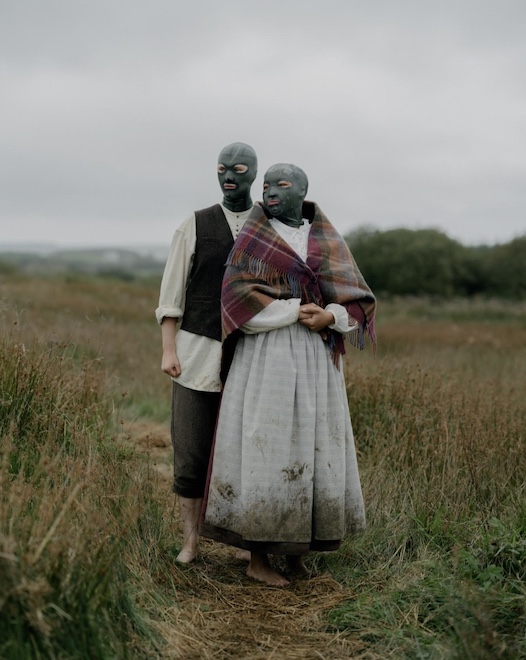
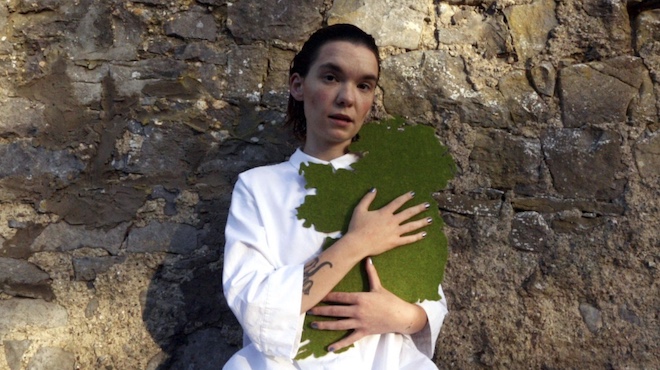

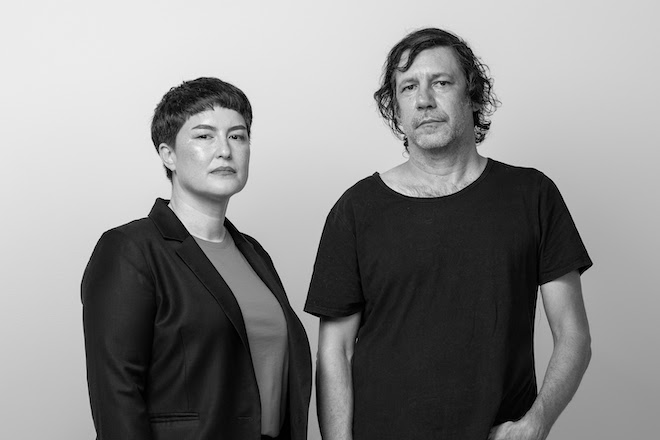
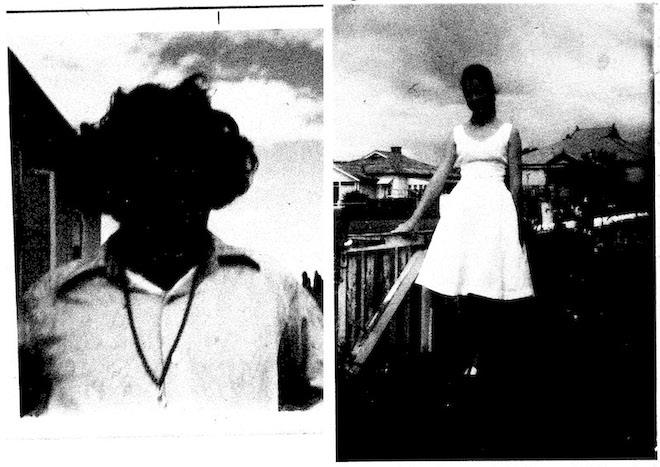
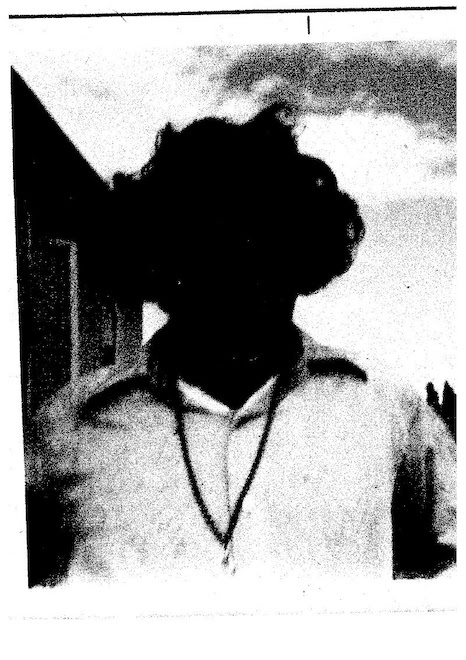


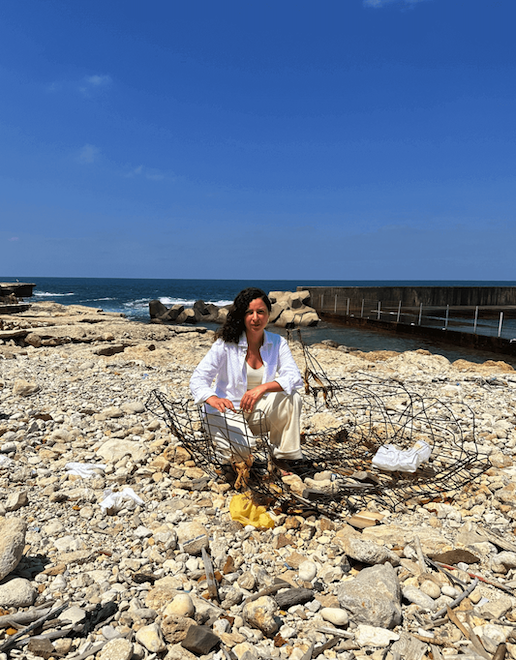
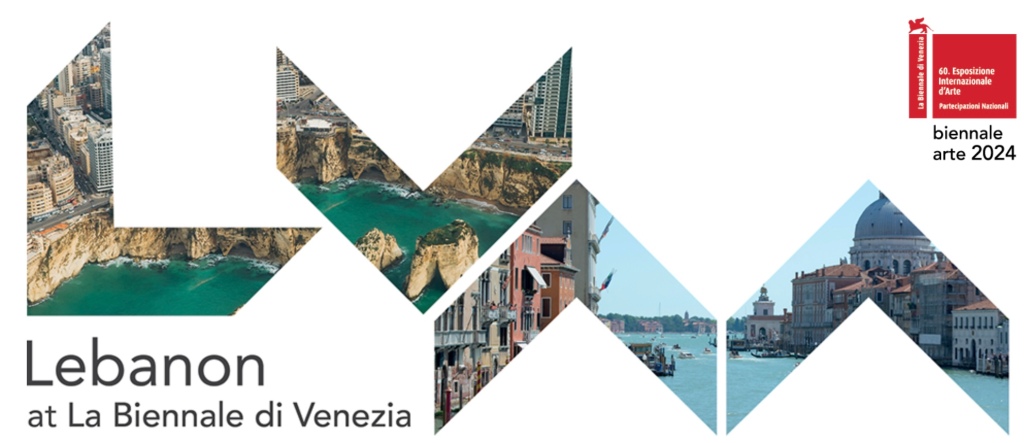

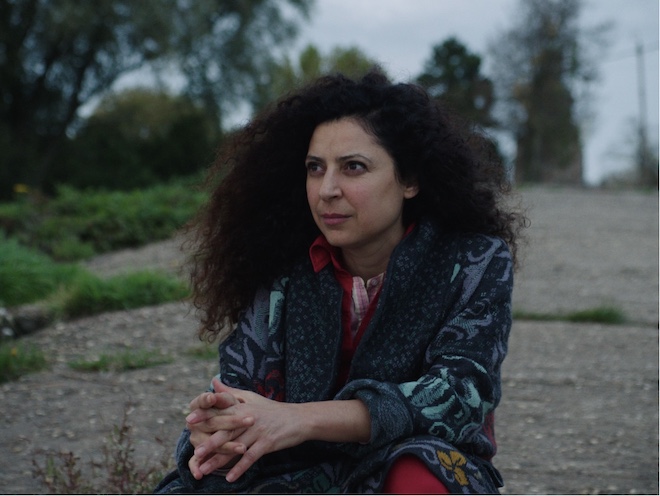
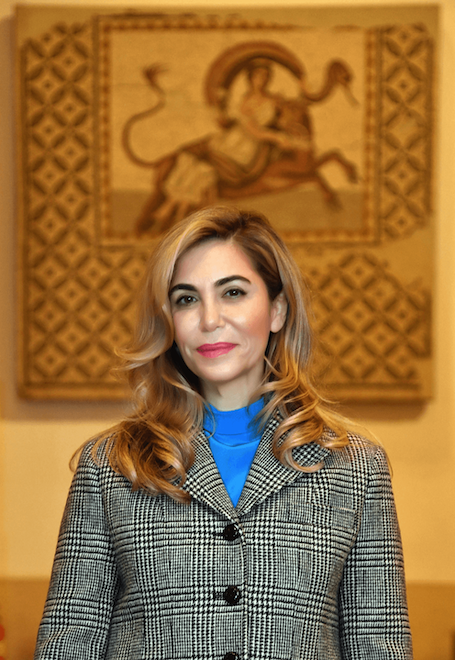

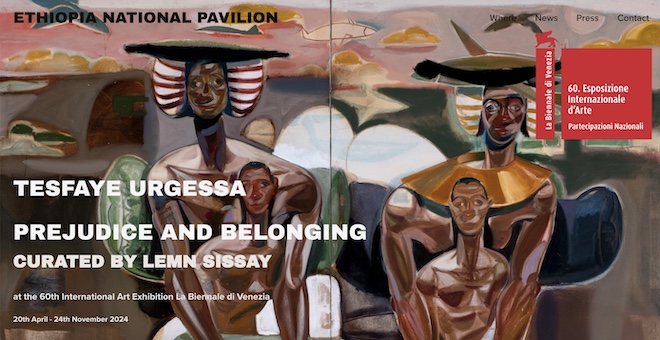
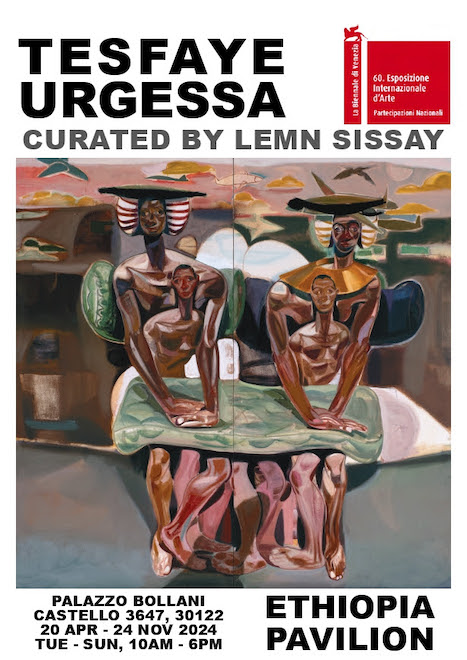
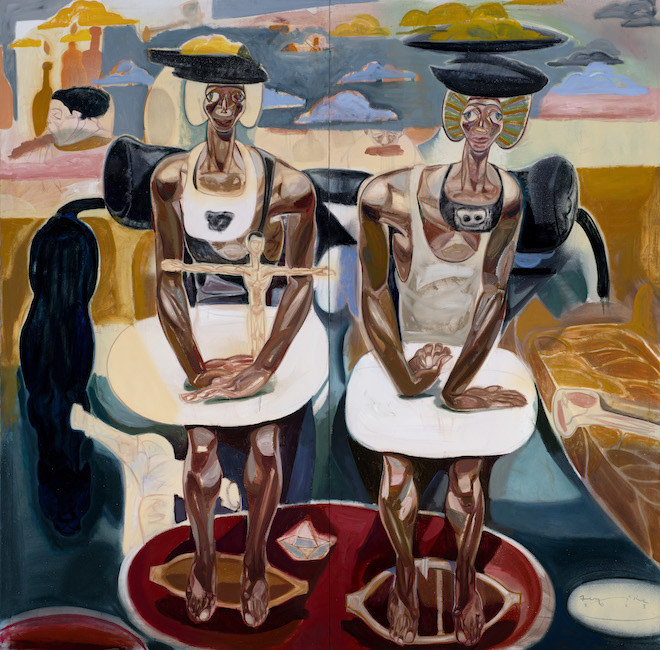
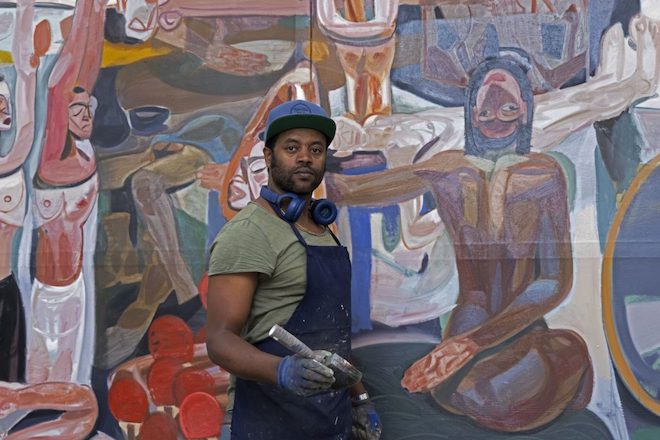
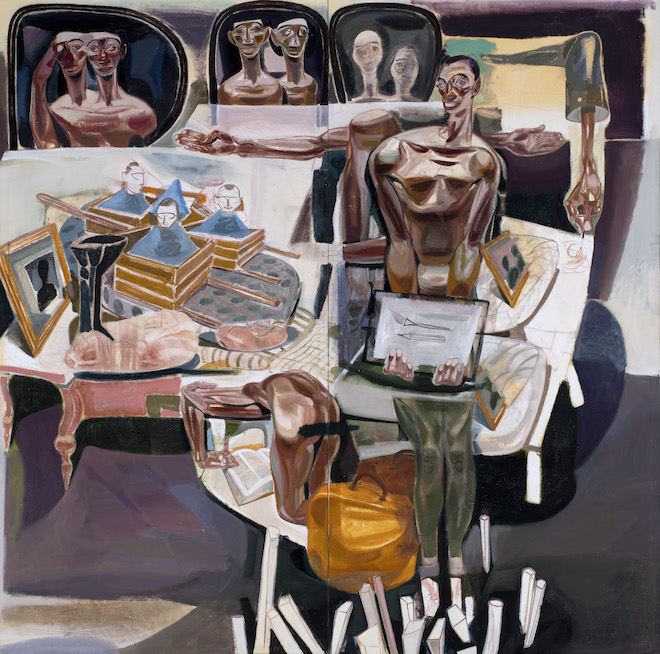
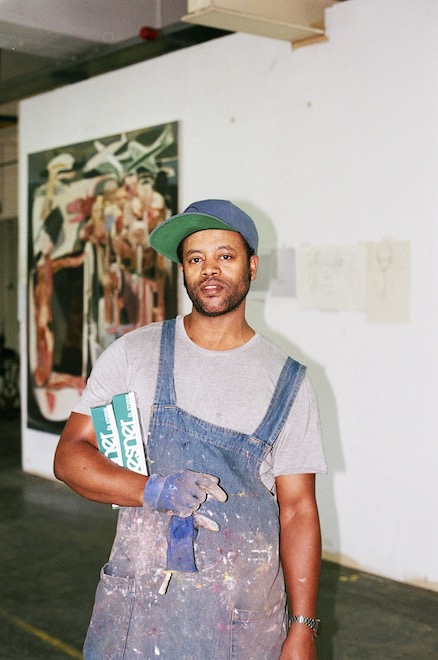

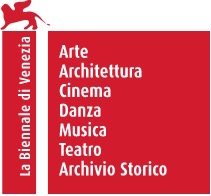


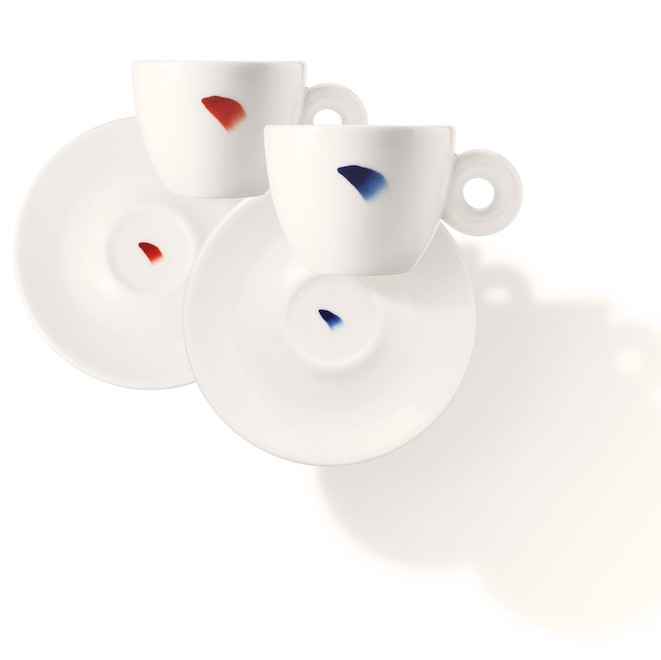
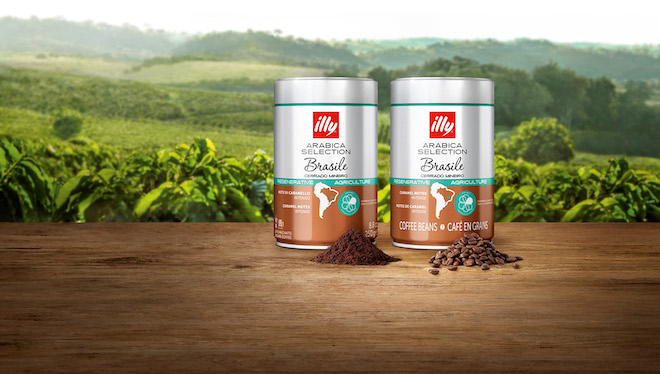
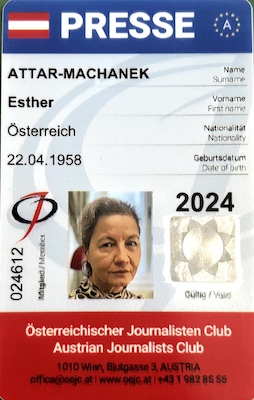
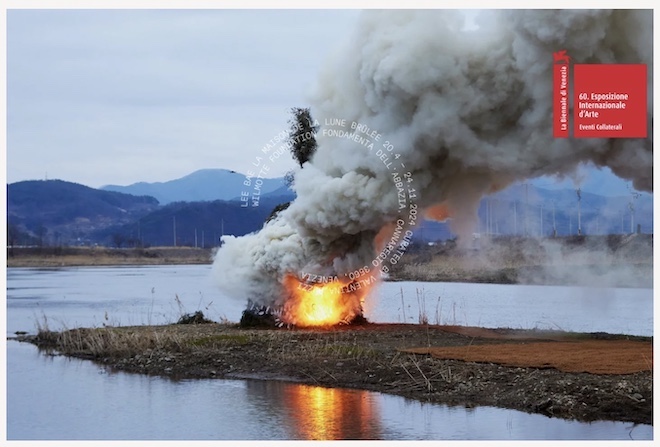
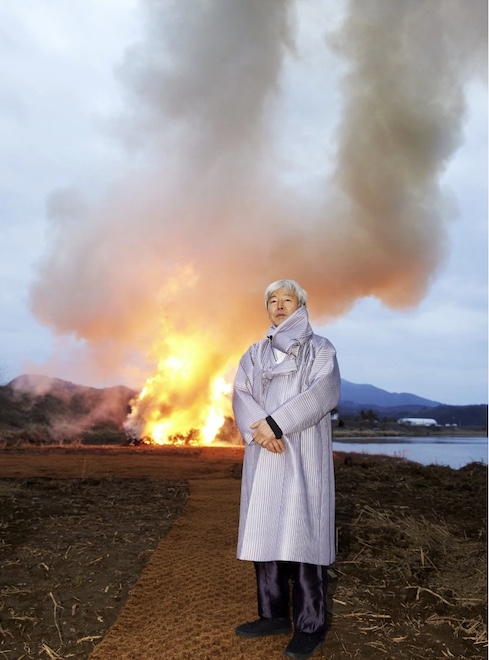
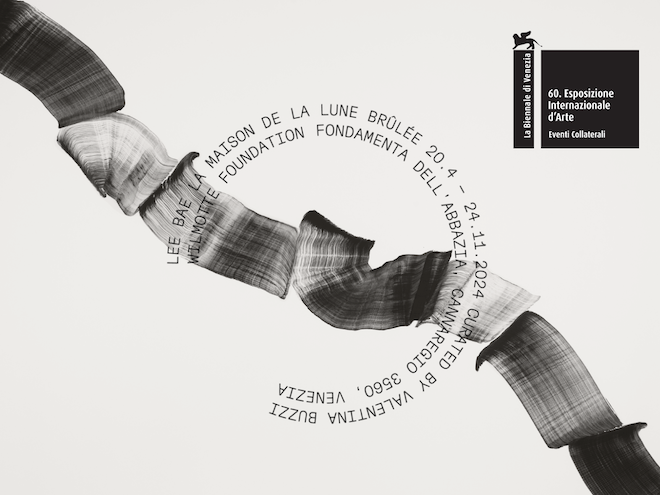
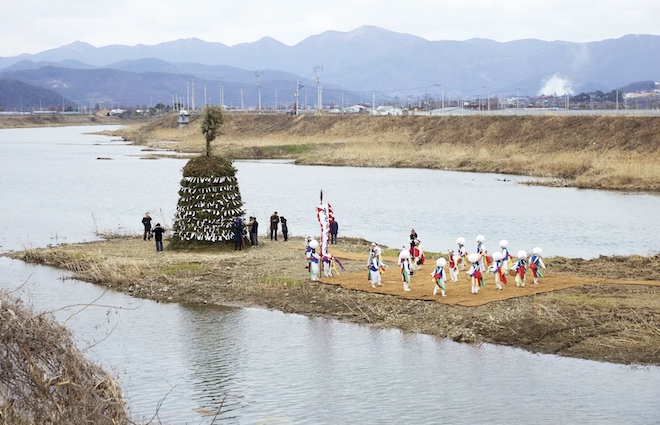

You must be logged in to post a comment.